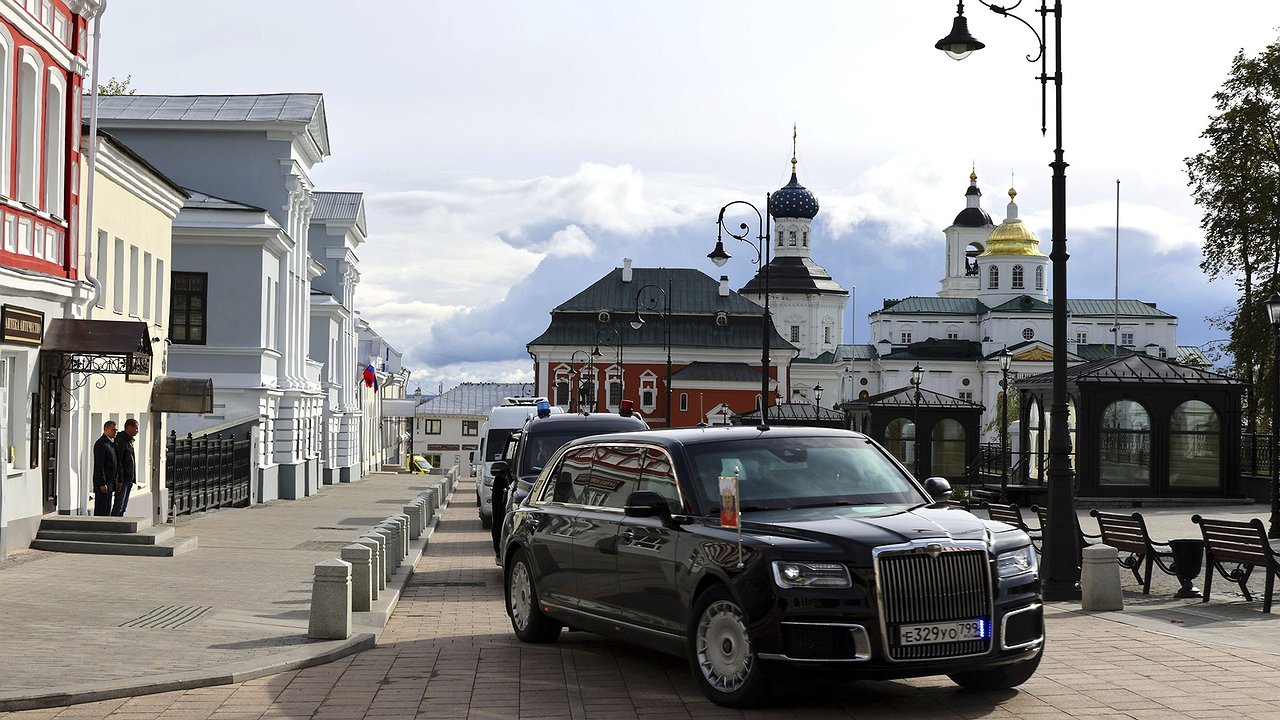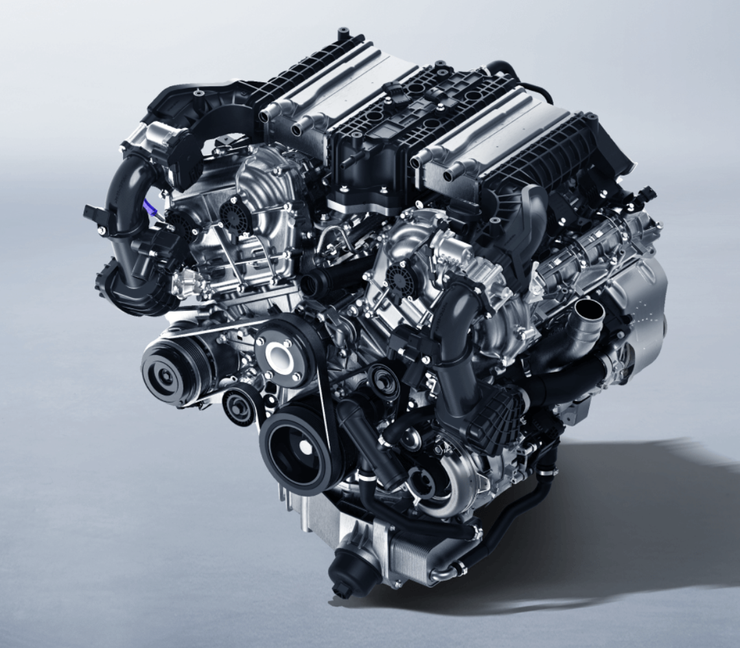Strictly speaking, the question of which engine will be installed on Aurus cars is not worth asking. Well, tell me, what do ordinary Russian citizens care about a vehicle, which at best we can make money for in 30 to 40 years, and then only if we follow the example of Don Pedro’s Castilians:
All according to this vow,
Do not touch meat
They don’t eat bread downstairs.
It is not surprising that the interest in the technical characteristics of the Aurus among the vast majority of domestic drivers is approximately the same as that for Abramovich’s yacht. And the demand for them is slightly higher than for elite watercraft. With declared annual sales volumes of 500 to 600 cars, only 31 units were sold at the end of 2022, as the Autostat agency helpfully tells us. The company is openly unprofitable, and in its current concept it will remain so, although this will not prevent the company from fulfilling its mission: supplying luxury cars to top Russian officials.
Traded us for a woman
Nevertheless, the subject of import substitution (may I forgive this involuntary pun) has so preoccupied automotive experts that they are bringing it up everywhere – even in those areas where, as they say, it is not a mare’s tail. How can the localization of several dozen expensive limousines affect the country’s economy? It’s a different matter when it comes to the maximum Russification of some LADAs, of which almost 35 thousand were sold last September alone, according to data from the same Autostat.















